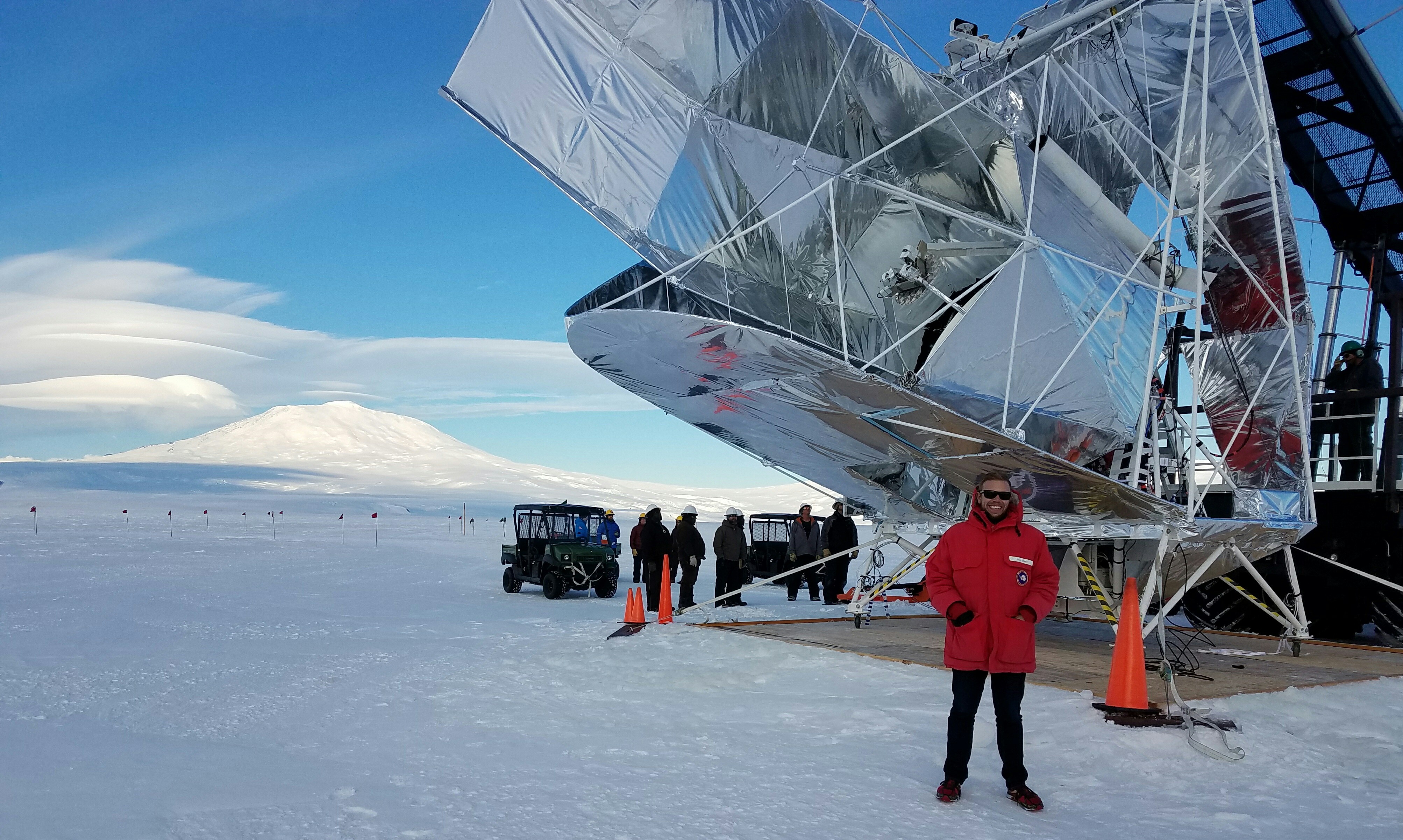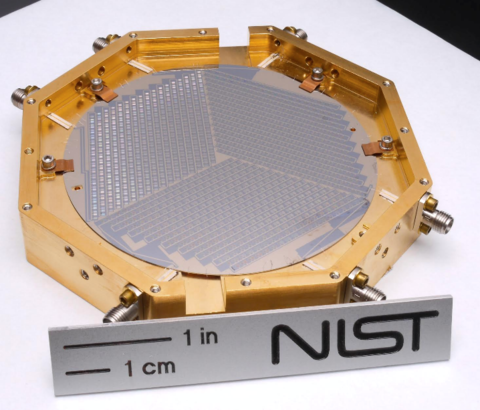Balloon-Borne Large-Aperture Submillimeter Telescope: The Next Generation (BLAST-TNG)

Telescope Details
Location
A stratospheric balloon experiment launched from Antarctica
Purpose
To understand the role that magnetic fields play in star formation.
NIST’s role
NIST provided three arrays of microwave kinetic inductance detectors (MKIDs) operating over three bands, with a total of more than 3,000 detectors. This was the first flight of these lightweight sensors, which are useful for mapping the sky quickly.
Significant discoveries
BLAST-TNG experienced a mechanical failure, so the project has been paused.
Other interesting facts
Because BLAST operates above 99.5% of the atmosphere (which absorbs most of the target radiation), it can make larger and more sensitive maps than telescopes of the same size on the ground.
Supported by
U.S. Antarctic Program, National Science Foundation, NASA and Columbia Scientific Balloon Facility
Collaborators
University of Milano-Bicocca, University of Pennsylvania, Cardiff University, Lawrence Berkeley National Laboratory, NIST, Queen’s University, University of California San Diego, Arizona State University, SLAC National Accelerator Laboratory, MIT Kavli Institute for Astrophysics and Space Research, Northwestern University, Princeton University, Underground Instruments and Max Planck Institute
Media


